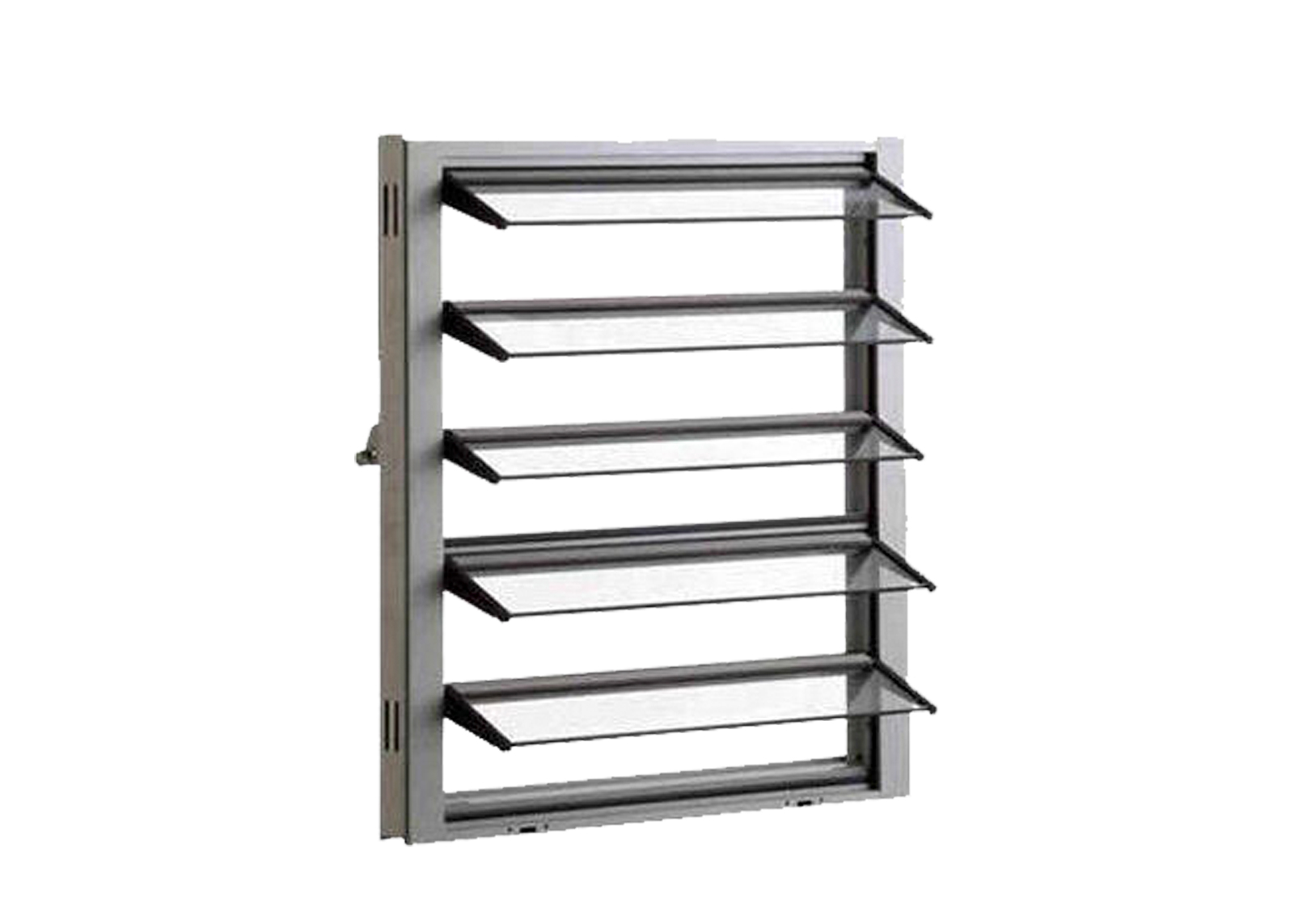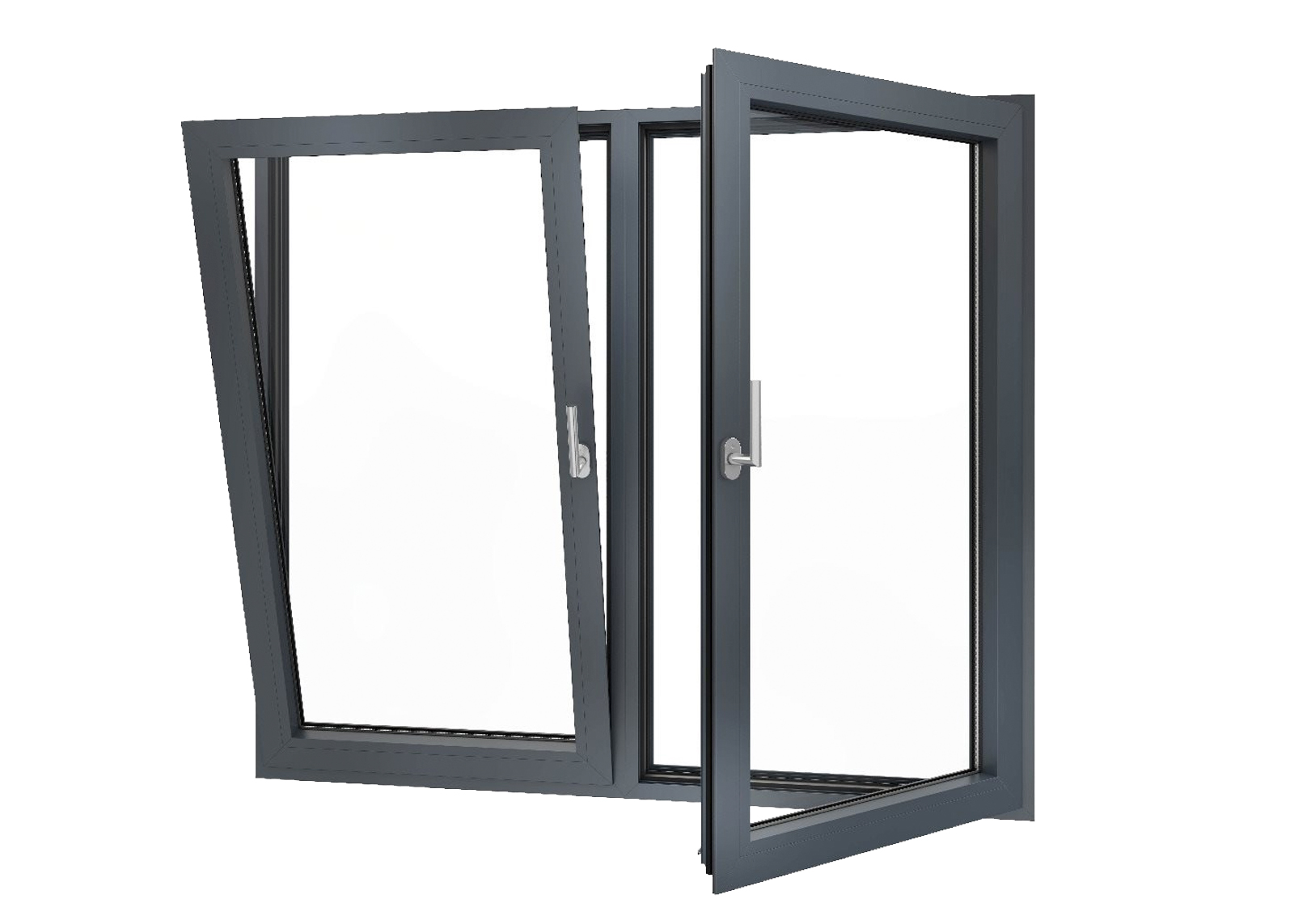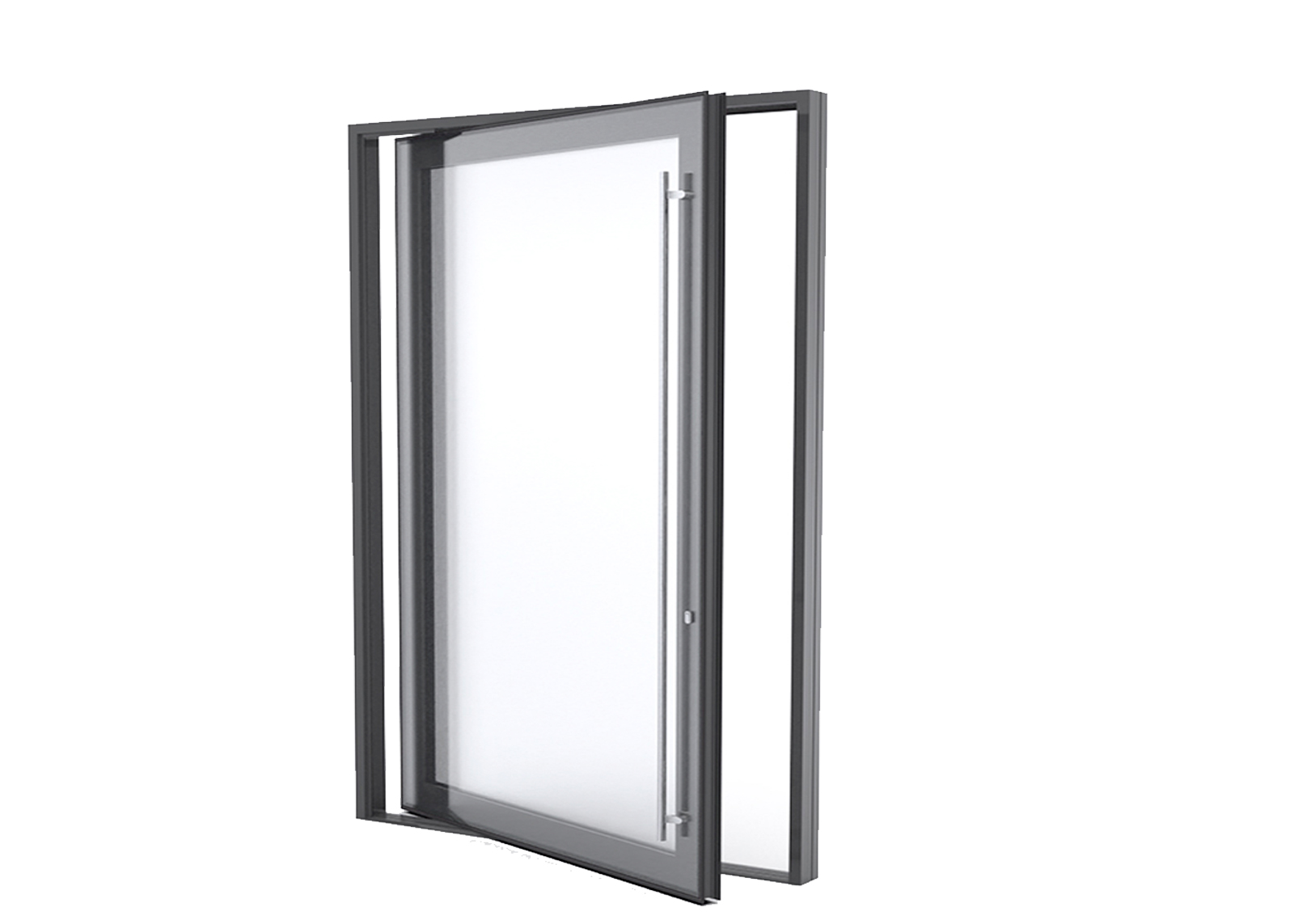2023-2024 AGWA Accredited Compliance Certificate
Membership No.: 977-01Has met the requirements of the annual AGWA Compliance audit conducted by an AGWA Accredited Independent Auditor and demonstrated product performance and compliance with:1, The National Construction Code (NCC)2, Australian Standard AS2047:2014 Windows and External Glazed Doors in Buildings3, Australian Standard AS1288:2021 Glass in Buildings-Section and Installation.AGWA member products are tested by a NATA accredited third party to provide independent assurance of technical competence. This ensures that:Members manufacture their products in accordance with the details on their AS 2047 standard.Product ratings and labelling requirements are continuously verified and maintained to provide meaningful comparative product performance information.Architects, specifiers and building inspectors meet or enforce compliance with Building Codes.Manufactured products being supplied to the market are compliant and have passed AS 2047 Physical Tests.Don't risk the costly replacement of non-compliant products. ROPO is AGWA member.
Jul 17,2025


































